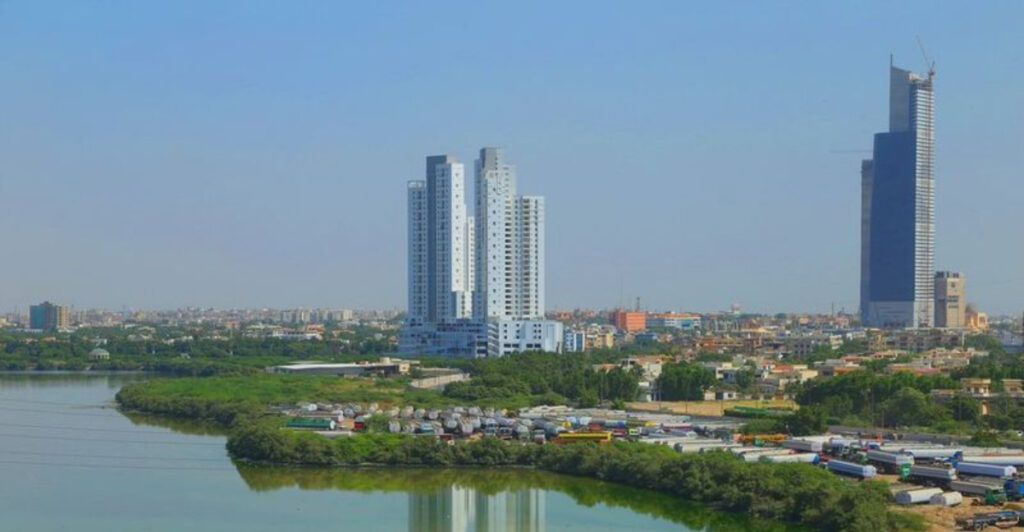Pakistan holds some of the world’s most incredible cities that blend ancient history with modern life. From snow-capped mountain towns to bustling coastal metropolises, each destination tells a unique story.
Many travelers have no idea how diverse and beautiful these places truly are. Get ready to discover cities that will completely transform your understanding of this amazing country.
1. Islamabad – The Green Capital
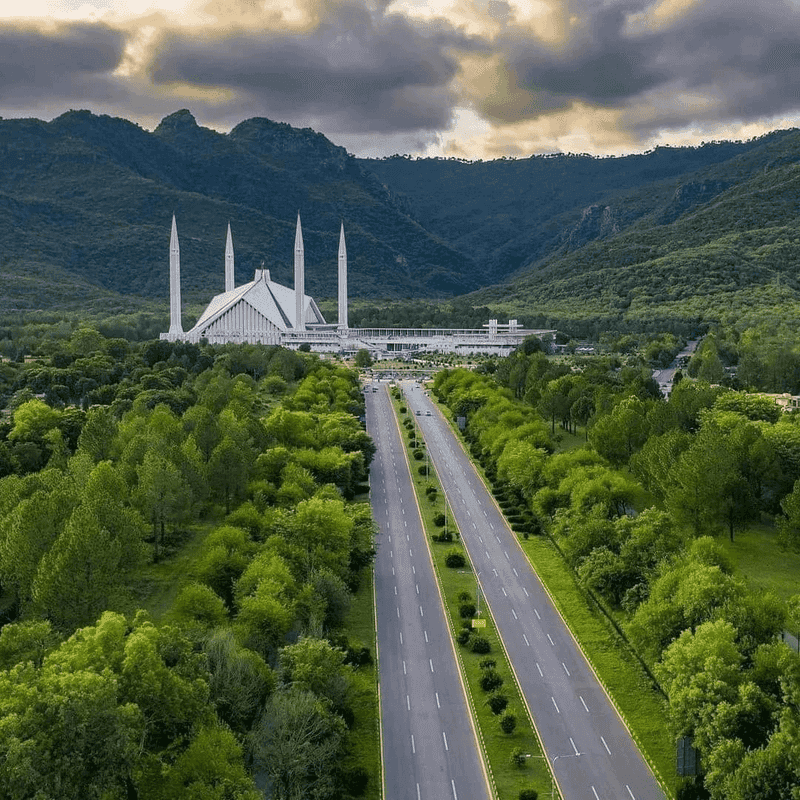
Imagine a city where modern architecture meets lush green hills and peaceful valleys. Islamabad stands as Pakistan’s carefully planned capital, designed with wide boulevards and plenty of open spaces.
The magnificent Faisal Mosque dominates the skyline with its unique tent-like design, while the Margalla Hills provide hiking trails and stunning views. Lok Virsa Museum showcases the country’s rich cultural heritage through fascinating exhibits.
Clean streets, organized neighborhoods, and the gentle flow of the Soan River create an atmosphere unlike any other Pakistani city. This green oasis proves that urban planning and nature can work together beautifully.
2. Karachi – The Economic Powerhouse

Welcome to Pakistan’s beating economic heart, where skyscrapers rise from sandy beaches and the Arabian Sea stretches endlessly. Karachi pulses with energy as the country’s largest city and main port.
Food lovers find paradise here, with street vendors serving everything from spicy biryani to fresh seafood. Colonial buildings tell stories of the past while modern shopping centers showcase the present.
Clifton Beach offers sunset walks, while Charna Island provides amazing diving adventures. The nightlife buzzes with activity, making this cosmopolitan hub feel more like Dubai than what most people expect from Pakistan.
3. Lahore – The Cultural Soul
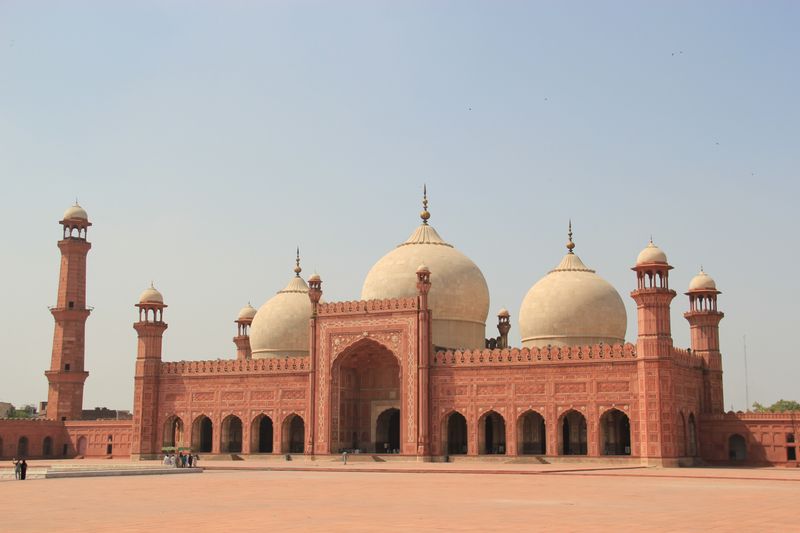
Step into a living museum where Mughal emperors once walked and poets still gather in ancient courtyards. Lahore earned UNESCO recognition as a City of Literature for good reason.
The massive Badshahi Mosque and historic Lahore Fort showcase incredible Mughal architecture that will leave you speechless. Wander through colorful bazaars where craftsmen create beautiful handicrafts using techniques passed down through generations.
Street food here reaches legendary status – try the famous kulfi or spicy chaat from roadside stalls. Every corner reveals another piece of history, from grand monuments to tiny tea shops where locals debate poetry and politics with equal passion.
4. Peshawar – The Ancient Crossroads
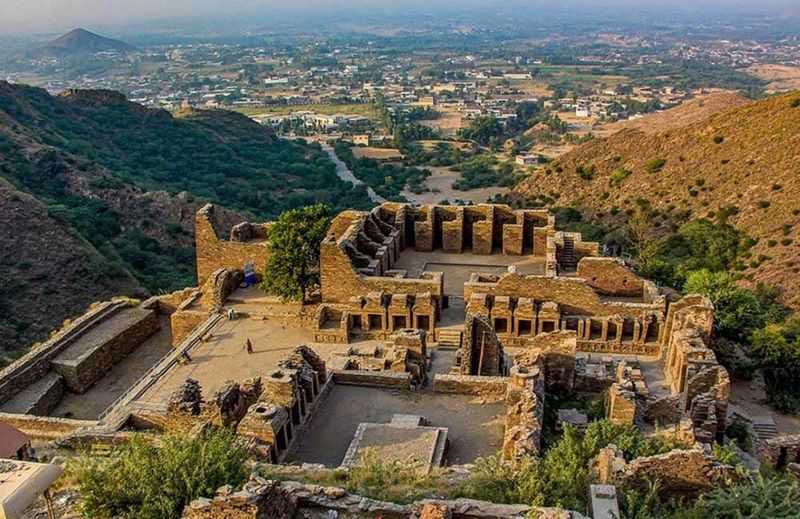
For over 2,500 years, travelers have passed through this legendary gateway between Central and South Asia. Peshawar holds secrets from the ancient Gandhara civilization that few cities can match.
Walk through historic bazaars where traders still sell goods along the same routes used by ancient caravans. The famous Khyber Pass nearby has witnessed countless armies, merchants, and adventurers throughout history.
Traditional handicrafts, aromatic spices, and genuine hospitality make every visit memorable. Local museums display Buddhist sculptures and artifacts that reveal Pakistan’s incredibly diverse religious heritage. This city proves that Pakistan’s story extends far beyond what most history books teach.
5. Quetta – The Fruit Garden
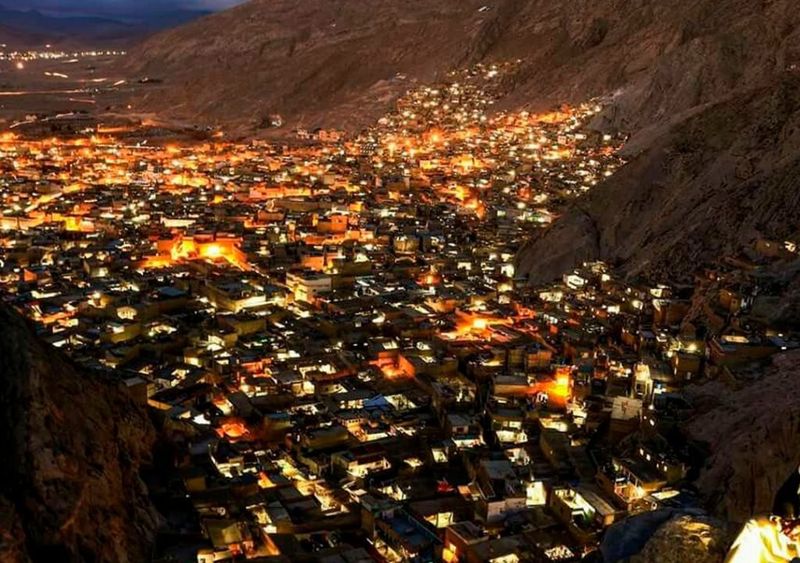
High in the mountains at 1,680 meters above sea level, Quetta surprises visitors with its cool climate and abundant orchards. Known as Pakistan’s “Fruit Garden,” this city produces the country’s best apples, grapes, and pomegranates.
Surrounded by dramatic mountain ranges, Quetta serves as Balochistan’s capital and a crucial trade hub. The historic Bolan Pass connects this elevated city to the rest of Pakistan through stunning mountain scenery.
Local markets overflow with fresh fruits and traditional Balochi handicrafts. The mountain air stays crisp year-round, making it a perfect escape from Pakistan’s hot plains. Few realize that Pakistan contains such alpine beauty and agricultural abundance.
6. Faisalabad – The Textile Capital
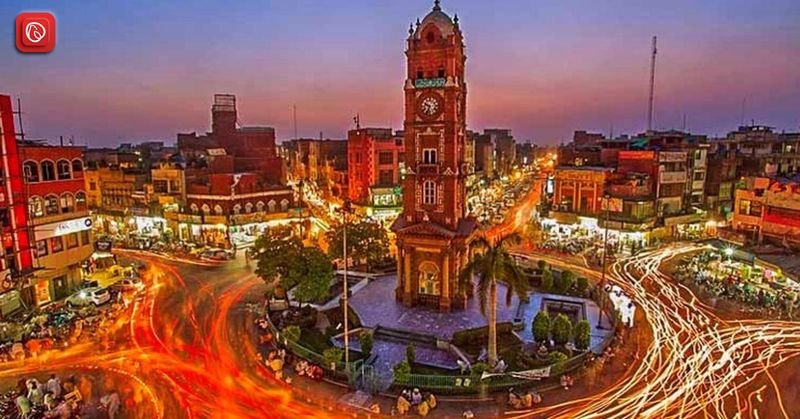
Machines hum day and night in Pakistan’s industrial heartland, where cotton transforms into textiles that reach markets worldwide. Faisalabad drives much of the country’s economy through its massive textile industry.
The iconic clock tower stands at the city center, surrounded by eight bazaars that radiate outward like spokes on a wheel. British colonial planners designed this unique layout that still guides the city today.
Vibrant markets showcase everything from raw cotton to finished garments, giving visitors insight into Pakistan’s manufacturing power. Local artisans demonstrate traditional weaving techniques alongside modern machinery. This bustling industrial city reveals Pakistan’s important role in global textile production that many people never realize.
7. Hyderabad – The Indus River Heritage
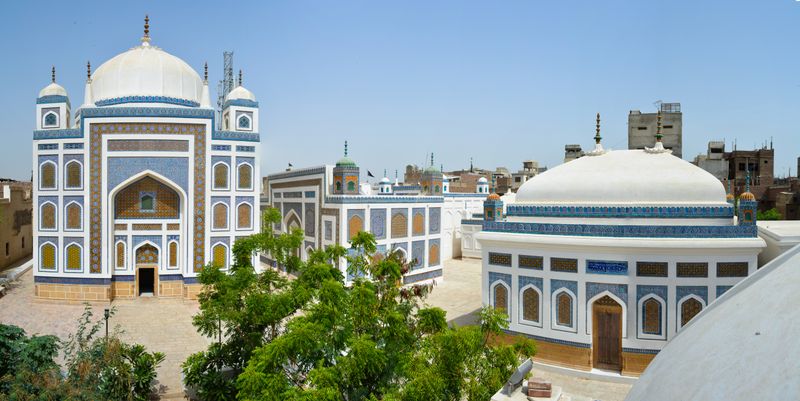
Along the mighty Indus River sits a city founded in 1768 that preserves centuries of Sindhi culture and Sufi traditions. Hyderabad’s location near ancient Khudabad connects it to even older civilizations.
Colorful Sufi shrines dot the cityscape, where devotees gather for spiritual music and poetry sessions. The river provides life to surrounding farmlands while creating a peaceful atmosphere throughout the city.
Traditional handicrafts like mirror work and embroidery flourish here, passed down through generations of skilled artisans. Local festivals celebrate the region’s rich cultural heritage with music, dance, and delicious Sindhi cuisine. This riverside gem shows how Pakistan’s diverse provinces each contribute unique traditions to the national identity.
8. Murree – The Mountain Resort
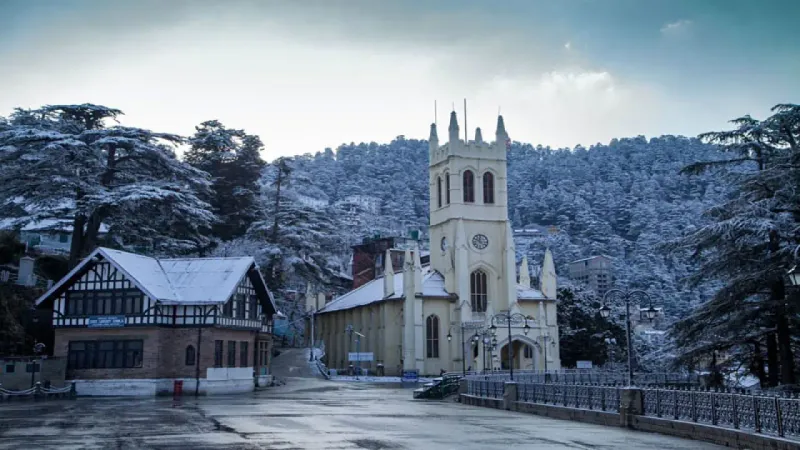
Just north of Islamabad, pine forests and cool mountain air create Pakistan’s most beloved hill station. Murree transforms completely with the seasons, offering lush green summers and snowy white winters.
Cable cars carry visitors high into the mountains for breathtaking views of the surrounding valleys. Colonial-era buildings remind visitors of the British hill station heritage that shaped this charming town.
Winter brings snow that delights Pakistani families who rarely see such weather in their home cities. Local hotels serve hot tea while guests watch snowflakes fall outside their windows. This scenic mountain retreat proves that Pakistan offers diverse climates and landscapes within a relatively small area.
9. Skardu – Gateway to Giants
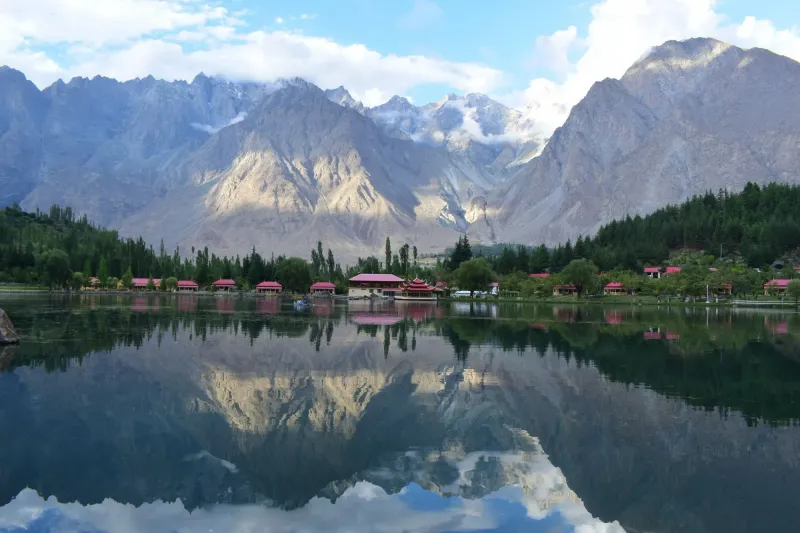
At high altitude in Baltistan, Skardu serves as the launching point for adventures to K2, the world’s second-highest mountain. This alpine wonderland combines dramatic landscapes with unique Balti culture.
Shangrila Resort sits beside a crystal-clear lake surrounded by snow-capped peaks that seem almost too beautiful to be real. The vast Deosai Plains nearby host thousands of wildflowers during summer months.
Serious mountaineers begin their K2 base camp treks from here, while casual visitors enjoy boat rides and photography. Local Balti people maintain distinct traditions and languages that differ from the rest of Pakistan. This high-altitude paradise reveals Pakistan’s incredible geographic diversity.
10. Hunza Valley – The Crown Jewel
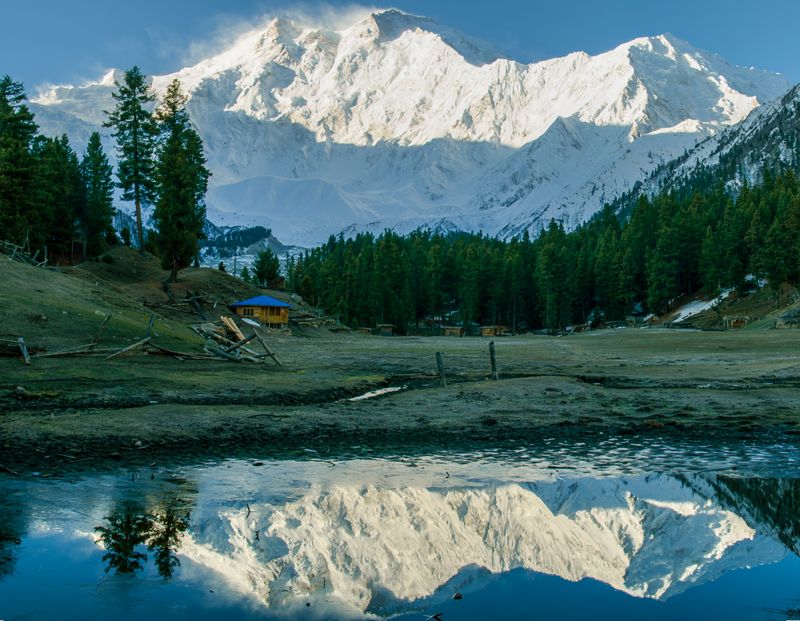
Jaw-dropping mountain peaks reflect in glacier-fed streams while apricot trees bloom against a backdrop of eternal snow. Hunza Valley consistently ranks among the world’s most beautiful destinations.
Karimabad village perches on mountainsides like something from a fairy tale, with traditional stone houses and terraced fields. Fairy Meadows offers camping under stars with Nanga Parbat towering overhead.
Local Hunza people live remarkably long, healthy lives, often crediting their clean mountain environment and organic lifestyle. Photographers travel thousands of miles to capture sunrises over these spectacular peaks. This valley alone could change anyone’s perception of Pakistan’s natural beauty and cultural richness.
11. Swat Valley – Pakistan’s Switzerland
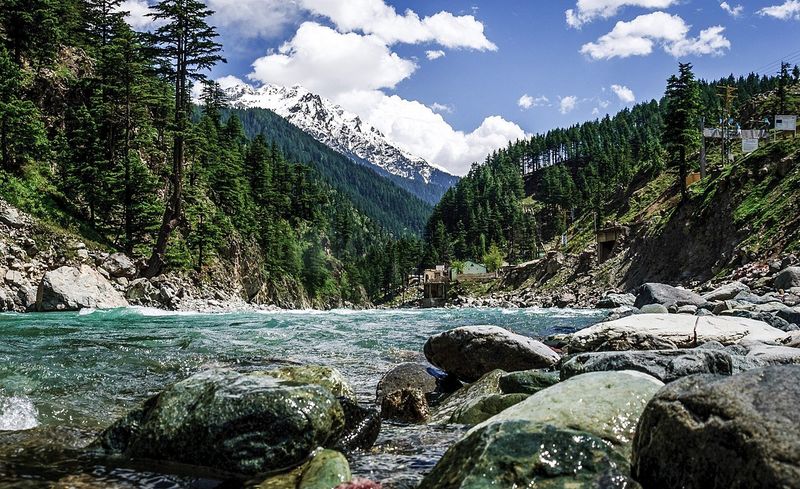
Lush green forests cascade down mountainsides while crystal-clear rivers wind through valleys that earned the nickname “Switzerland of Pakistan.” Swat’s natural beauty rivals any European destination.
Malam Jabba ski resort offers winter sports in Pakistan – something that surprises most visitors who never imagined skiing here. The towns of Mingora and Kalam provide bases for exploring countless hiking trails and waterfalls.
Ancient Buddhist heritage sites reveal Pakistan’s diverse religious history beyond Islam. Local trout fishing and white-water rafting add adventure to the stunning scenery. This valley demonstrates that Pakistan contains some of the world’s most spectacular mountain landscapes that remain largely unknown to international travelers.
12. Neelum Valley – The Emerald Paradise
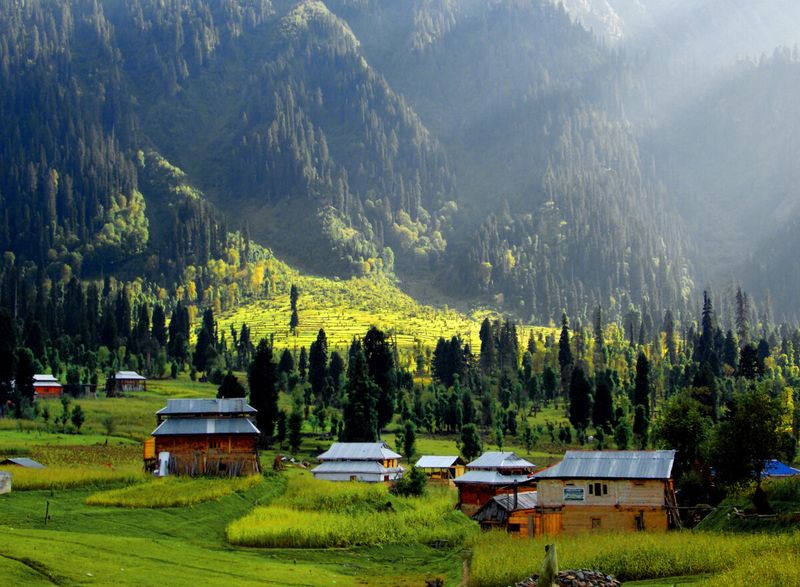
Emerald-green rivers flow between towering mountains while tiny villages cling to impossible slopes in this “Mini-Switzerland” near Kashmir. Neelum Valley feels like stepping into an enchanted storybook.
Arang Kel village requires a chairlift ride to reach, rewarding visitors with panoramic views that stretch for miles. Sharda’s ancient university ruins show Pakistan’s forgotten centers of learning and scholarship.
Ratti Gali Lake sits high in the mountains, surrounded by wildflower meadows during summer months. Local Kashmiri culture adds unique traditions, languages, and cuisine to the experience. This hidden valley proves that Pakistan contains some of Asia’s most spectacular and undiscovered mountain destinations that rival anything in Nepal or Switzerland.
13. Mohenjo-Daro – The Ancient Metropolis
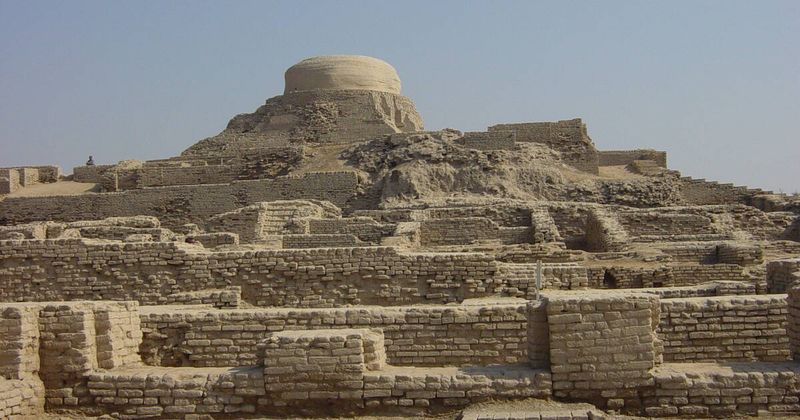
Walk through streets laid out 4,500 years ago in one of humanity’s first planned cities. Mohenjo-Daro represents the sophisticated Indus Valley Civilization that most people never learn about in school.
Advanced drainage systems, public baths, and multi-story buildings prove that ancient Pakistan hosted one of the world’s earliest urban cultures. UNESCO protection preserves these incredible ruins near Larkana.
Archaeologists continue discovering artifacts that reveal how advanced this civilization was compared to others of the same period. The Great Bath and Assembly Hall showcase engineering skills that wouldn’t look out of place in modern cities. This ancient site completely changes how visitors think about Pakistan’s place in human history and development.
14. Ranikot – The Great Wall of Sindh
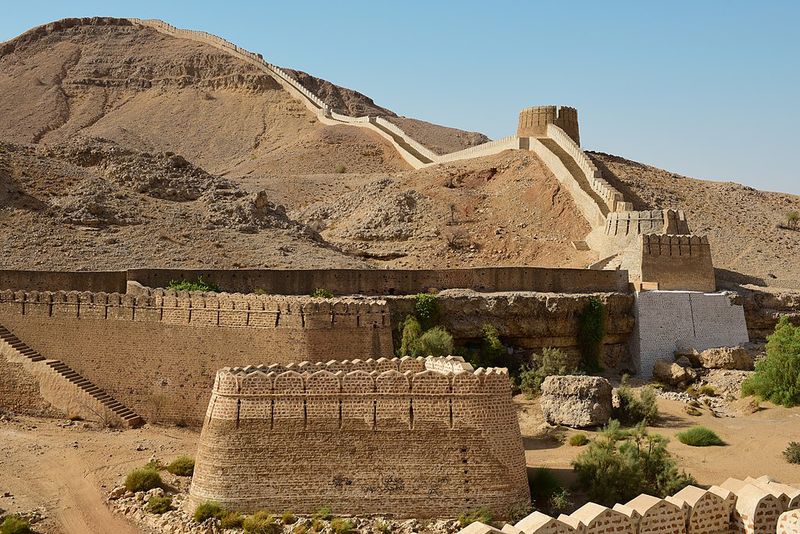
Stretching across desert hills for over 30 kilometers, Ranikot Fort claims the title of world’s largest fort by perimeter. This massive stone barrier rivals China’s Great Wall for sheer scale and ambition.
Built in the 17th century, the fort’s walls snake across rugged terrain like a stone serpent frozen in time. Four main gates provide access to the interior, where smaller forts and ancient settlements hide.
Desert landscapes surround this incredible structure that remains largely unknown outside Pakistan. Archaeologists still debate exactly who built it and why such massive fortifications were needed. This engineering marvel demonstrates that Pakistan contains historical wonders that match famous monuments anywhere in the world.
15. Multan – The City of Saints
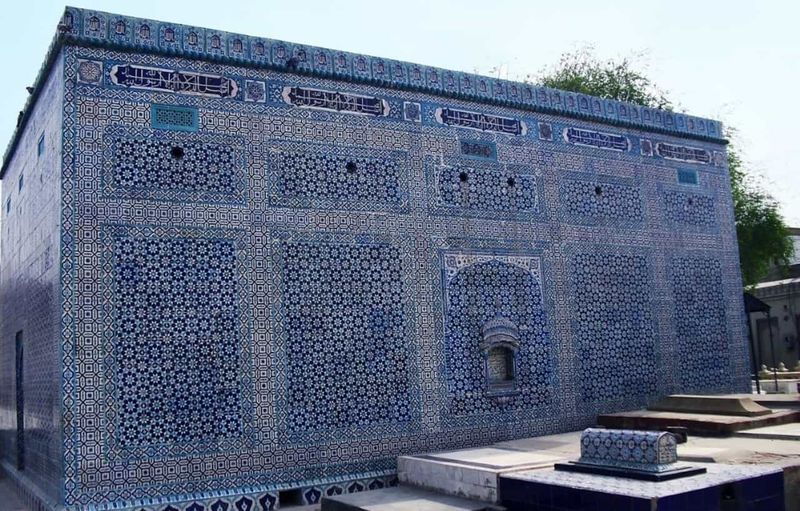
Blue-tiled shrines gleam under desert sun while Sufi music drifts through ancient bazaars in Pakistan’s spiritual capital. Multan hosts more saints’ tombs than perhaps any other city in the Islamic world.
Centuries-old pottery traditions continue in workshops where artisans create beautiful ceramics using techniques passed down through generations. The intricate tile work on shrines showcases artistic skills that rival Persian masterpieces.
Pilgrims travel from across South Asia to visit famous Sufi saints buried here, creating a constant atmosphere of devotion and celebration. Local crafts include stunning blue pottery and traditional textiles. This sacred city reveals Pakistan’s deep spiritual heritage and artistic traditions that continue thriving today.

